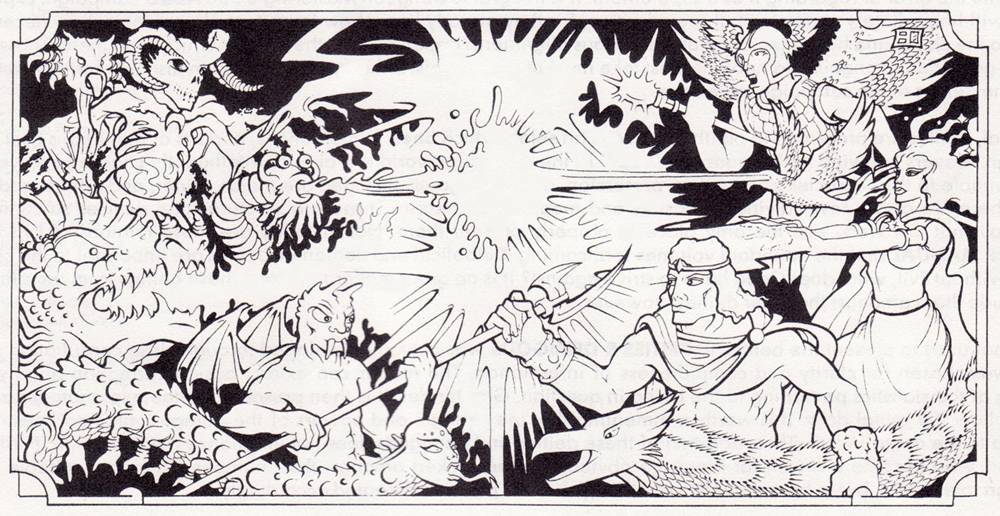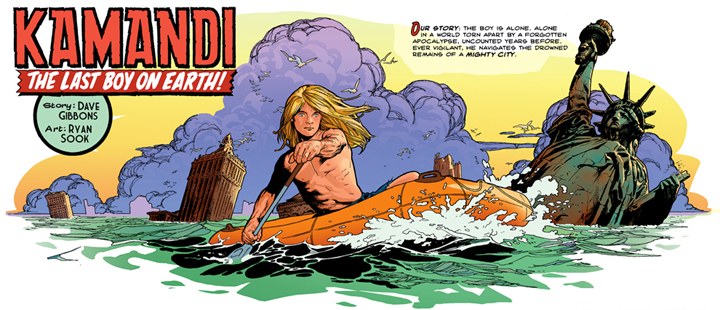 |
| Art by UDON |
In a rare visit to rpgnet the other day, I saw a thread about utilizing the setting for
Exalted for a 5e D&D game. The easiest way to do this would be to excise the Exalted themselves to one degree or another. Their fantasy superheroics would necessitate too drastic an overall to the D&D system (or the use of something like Kevin Crawford's
Godbound). Removing the Exalted drastically changes the setting, true, but I think that's part of the fun of the mashup.
In brief for the unfamiliar,
Exalted's Creation is a flat, roughly square, world with the Blessed Isle and a Holy Mountain at its center. The Mountain is the Elemental Pole of Earth, and in all other compass directions, Creation bleeds into the other Elemental Poles (Air, Water, Fire, and Wood). Heaven is the home of the Celestial Bureaucracy and the gods that oversee the multitude of spirits in the world. Hell is something like the Greek Tartarus; it's the place of imprisonment of the overthrown and now demonic Primordals, the Titans that created the world. The Underworld, the realm of the dead, was created by the death of some Primordals during the titanomachy. Outside of Creation proper, orbits the body of a surviving Primordial, Autochthon, with people living in its Steampunkish interior.
All of Creation was born from the chaos of the Wyld, and it still lies beyond the borders. Fey have come from it in the past and attempted to destroy the irritant of stable form and matter.
 |
| Art by Christopher Stevens |
With that out of the way, here are a few not-fully-formed thoughts on how to adapt some things:
There's a lot of change to basic D&D cosmological assumptions, but also some congruities to be exploited. Demons and devils get combined to the Yozis and both the Abyss and the Nine Hells can be encompassed in the hell prison of Malfeas. Tieflings would be the demon-blooded of
Exalted. Warlocks fit well as their servitors.
Conflating the elves with the
Fair Folk would emphasis the
Chaotic portion of their traditional Chaotic Good alignment. The Wyld would make a more alien Feywild. Many aberrations might aslo fit within the Wyld.
The champions of the Moon, the
Lunar Exalted, could be represented by Shifters and lycanthropes. Warforged could by
Autochthonians. Dwarves are, of course, the
Mountain Folk, and the Dragonborn take the place of the more dinosaurian
Dragon Kings. The Elemental-powered
Dragon-blooded could probably be placed with Genasi.
That's just to start. I think it's an interesting thought experiment.



















